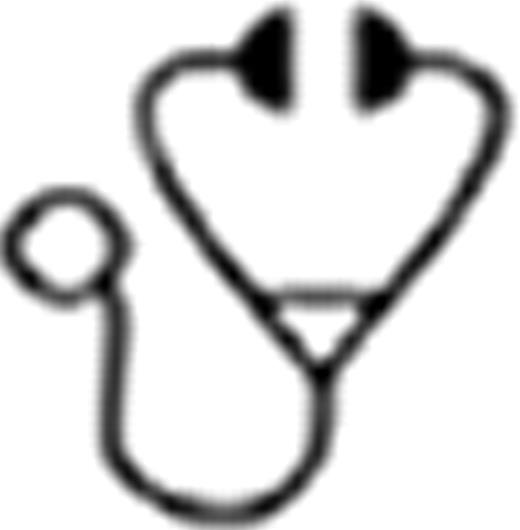Abstract
Abstract 3139 FN2
FN2
Early stage, non-bulky (nb) classical Hodgkin lymphoma (cHL) patients receive intensive radiologic surveillance after completion of standard therapy despite a statistically low risk of relapse. This study sought to evaluate the relapse risk and value of radiologic surveillance in this subset of patients treated with 6 cycles of ABVD who achieve a PET negative complete remission (CR).
We identified all early-stage, nb cHL patients who were treated with 6 cycles of ABVD at MSKCC from 01/2002 to 12/2008. To be eligible for the study, patients had to have received an initial staging PET (from any institution) and an interim and/or post-treatment PET at MSKCC (or an associated facility) with ≥24 months follow-up or until evidence of treatment failure. Patients who received gallium scans were ineligible as were pediatric patients, patients with CD20+ positive cHL (as MSKCC data has shown this subset to have a statistically poorer prognosis compared to CD20 negative cHL receiving ABVD alone [Portlock et al, 2004]), composite lymphoma, multiple malignancies, known HIV infection, or refractory disease during 6 cycles of ABVD. All interim and post-treatment PETs were re-evaluated by two MSKCC nuclear medicine specialists (HS, RCL). Costs per scan for each patient during post-treatment surveillance were based upon standard, national Medicare reimbursements of $770/CT ($600 technical/$170 professional) and $1, 181/PET ($1, 042 technical including FDG/$139 professional) and multiplied according to the number of scans per type/per patient. Patient characteristics and imaging results during and after therapy were assessed and interpreted in relation to clinical outcome.
Forty-seven eligible patients were identified. The median age was 28 years (range: 17–65) and the majority were female (n =35/75%). Median follow-up was 55 months. Most patients presented with stage IIA disease (n= 34/72%) and were of favorable risk as per NCCN guidelines (n =33/72% with ≤1 risk factor). All completed treatment successfully and achieved a complete remission (CR). One patient had minimal residual uptake (MRU) on interim PET scan (mediastinum [3.9]; mediastinal blood pool [1.6]) and was subsequently negative on post-treatment PET scan. Two patients had a positive PET scan (one interim, one post-treatment), both of which were biopsy-proven sarcoid. Two patients relapsed at 7 and 24 months after negative interim and post-treatment imaging: one relapse was identified by a surveillance scan; the other was simultaneous with the resumption of B symptoms and the presence of increasing lymphadenopathy on a surveillance scan. Forty-five patients experienced a durable CR, of whom 21 (45%) had additional unscheduled imaging or work-up during surveillance to investigate symptoms (i.e. night sweats, lymphadenopathy, pain) or imaging signs of concern. Five patients underwent further PET scans to confirm CR (all negative); 3 patients were found to have thymic hyperplasia and one was diagnosed with sarcoid. No additional failures were detected. The 2 relapsed patients are currently in CR after ASCT. Excluding relapses, the total cost of CT follow-up for all patients was $181, 720 and, including PETs, $210, 064, The median cost of CT follow-up for each patient was $3, 850 (range: $1, 540-$7, 700) and the median cost of all follow-up (CT and PET) for each patient was $4, 620 (range: $2, 310-$8, 881).
Due to a low risk of relapse, post-treatment radiologic surveillance appears unnecessary in early-stage, nb cHL patients (as defined above) who achieve a PET-CR with 6 cycles of ABVD. Its elimination will also reduce cumulative radiation exposure and healthcare costs in a predominantly young patient population.
No relevant conflicts of interest to declare.
Author notes
Asterisk with author names denotes non-ASH members.

This icon denotes a clinically relevant abstract

This feature is available to Subscribers Only
Sign In or Create an Account Close Modal